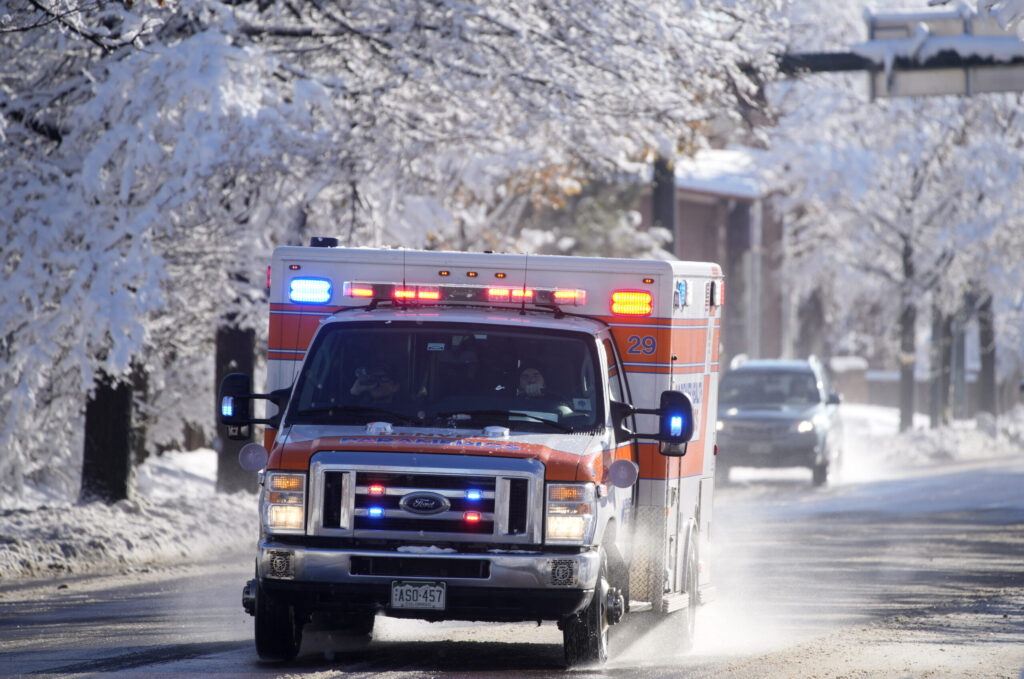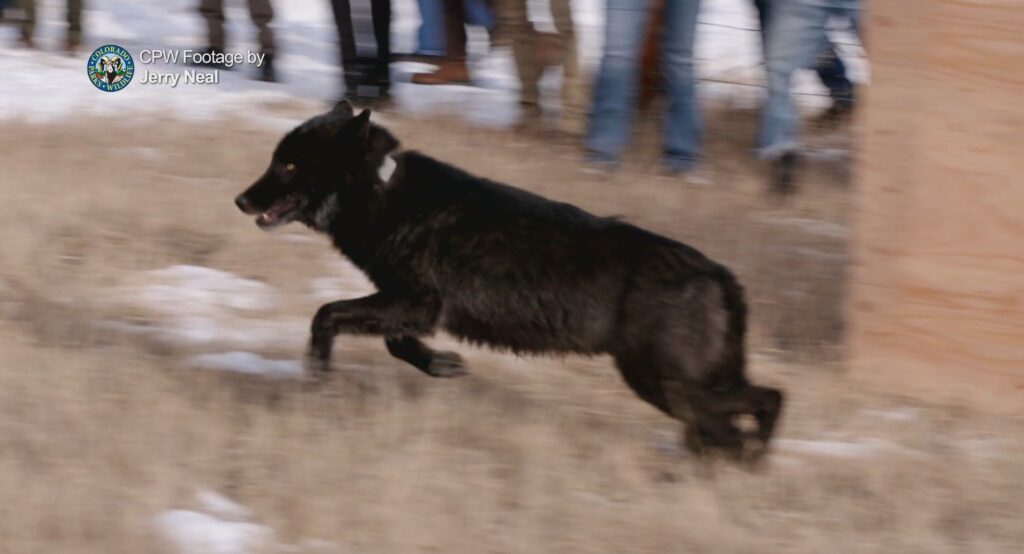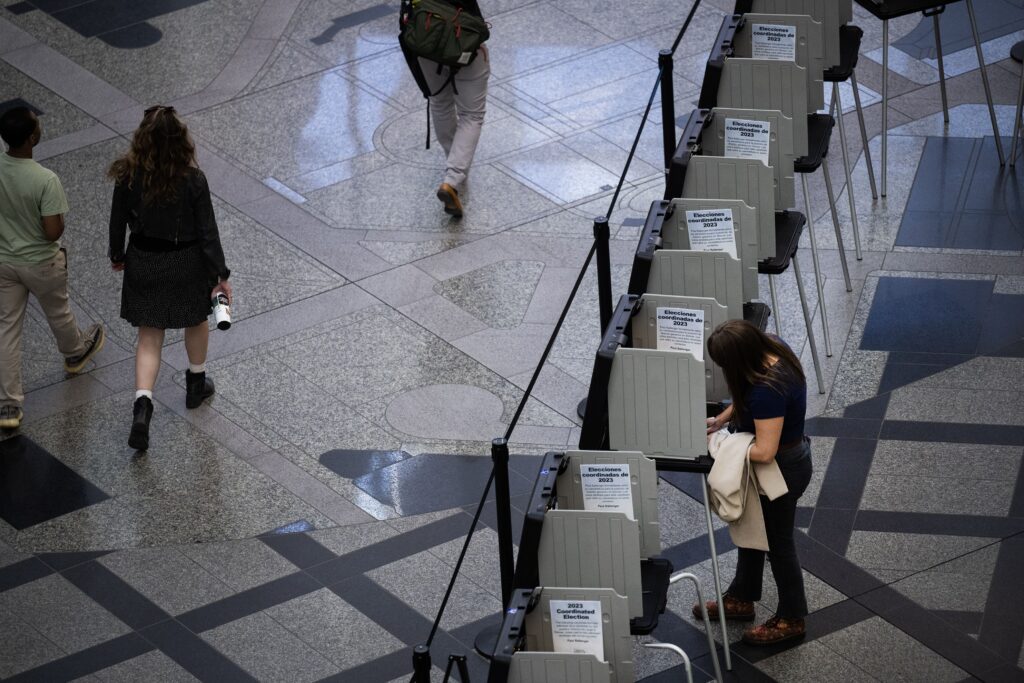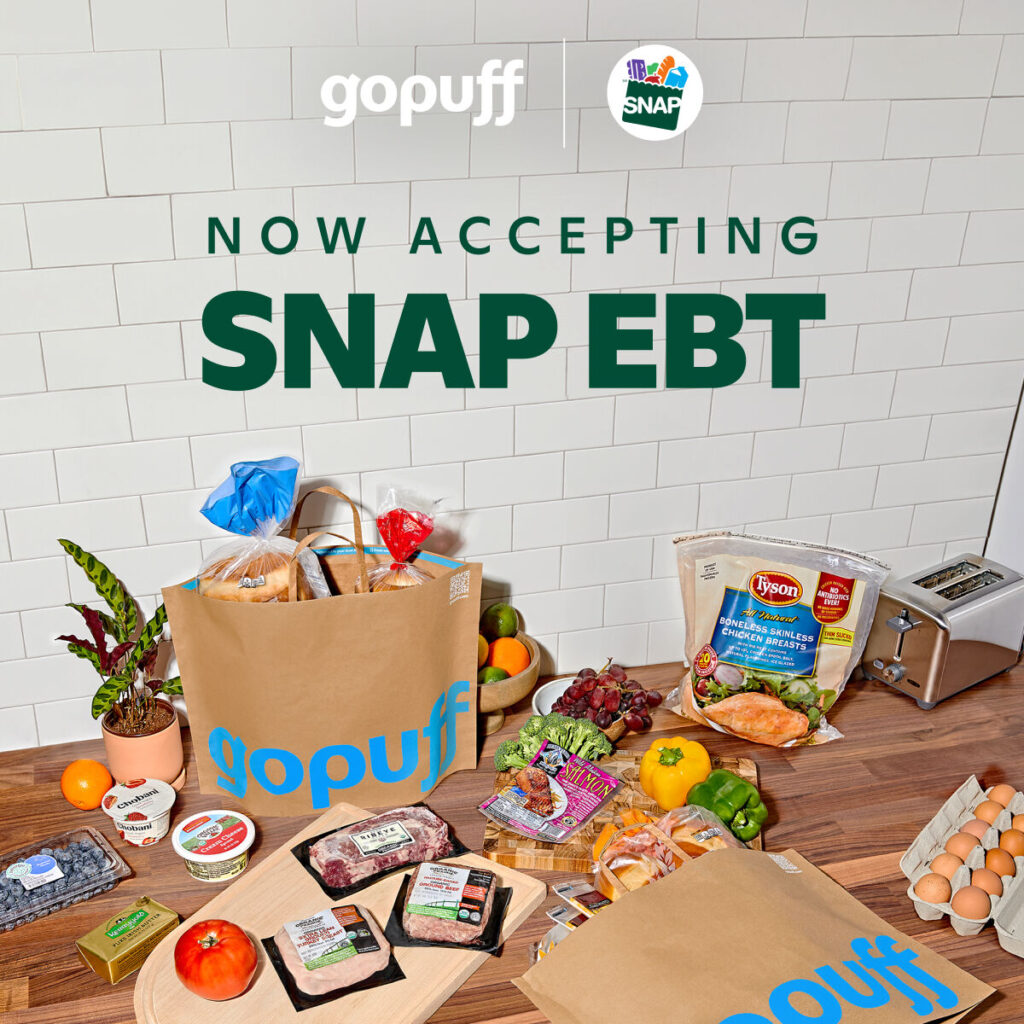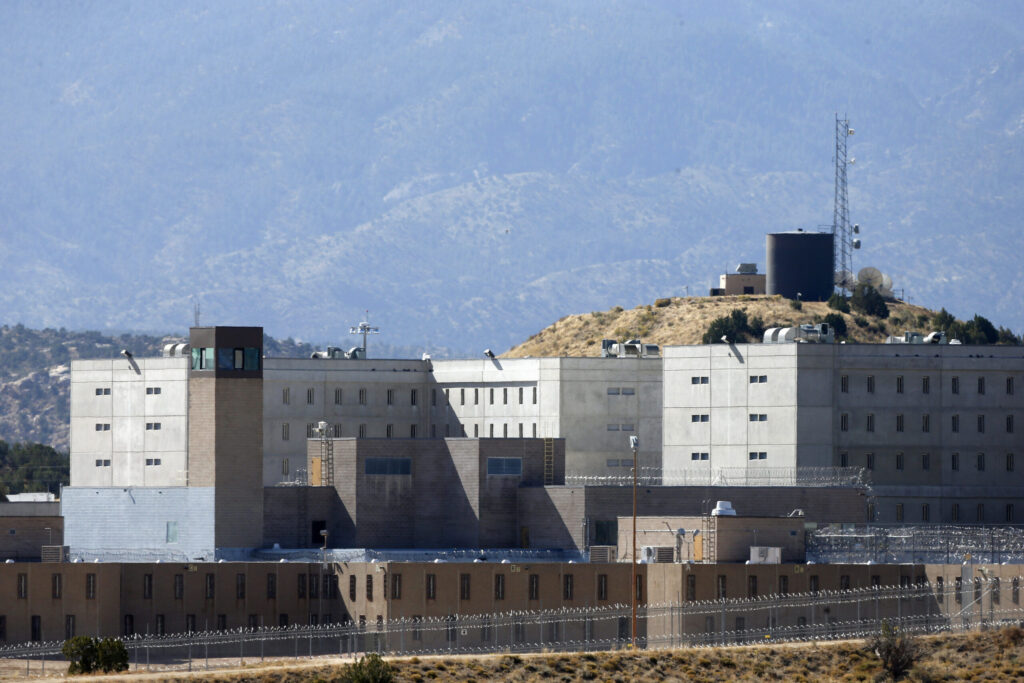Importing beef is not the solution | GABEL
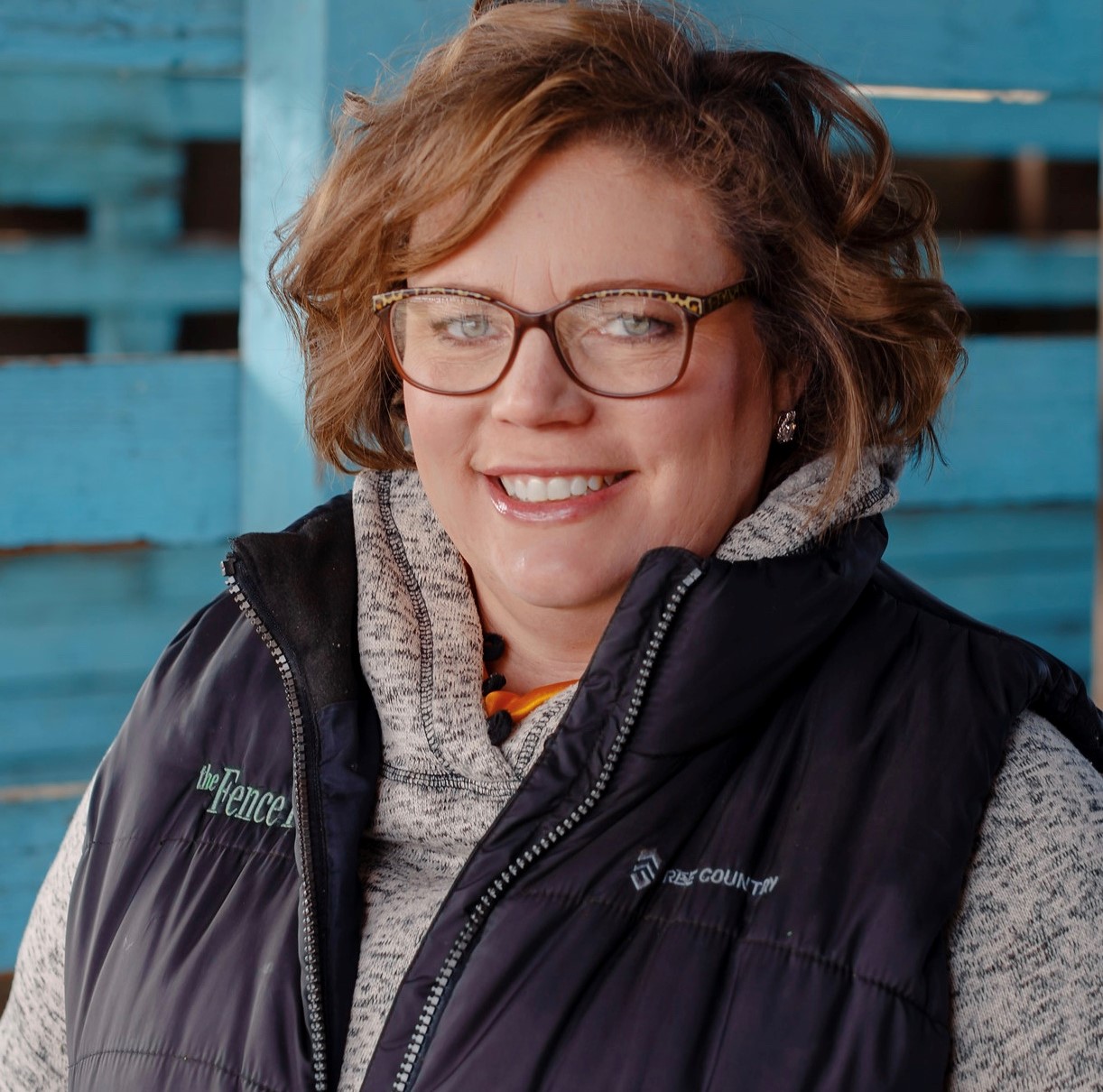
Last week, I wrote, “As usual, cattle producers are waiting on the other shoe drop and trying to read the tea leaves and make the right moves.”
The shoe dropped.
President Donald Trump made comments on social media and in the news about bringing in Argentine beef to lower beef prices for consumers. That comment came on the heels of a deal with Argentina that soybean growers fear will give the competitive advantage to South American producers. On Thursday, Trump doubled down on his Argentine beef deal, claiming he would raise the 20,000 metric-ton quota of beef annually at a lower tariff rate to 80,000 metric tons.
About 45 days ago, U.S. Secretary of Agriculture Brooke L. Rollins sat down with five western U.S. cattle producers, Jack Payne, owner of Nevada Livestock Marketing; Hayden Ballard, a Utah rancher and attorney who specializes in agricultural and federal lands law; A.J. Richards, Utah; RC Carter, Wyoming; and Bryan Mussard, Montana. From those conversations and others, the U.S. Department of Agriculture released the plan to fortify the American beef industry: strengthening ranches, rebuilding capacity and lowering costs for consumers.
That plan, though too heavy on subsidies rather than regulatory relief, was released Oct. 22.
That same day, Ballard and Payne were in D.C. to be a part of a press conference that didn’t come to fruition. That, Payne said, gave them more than an hour with Sec. Rollins, Secretary of the Interior Doug Bergum, Health and Human Services Secretary Robert Kennedy, and administrator of the Small Business Administration Kelly Loeffler while they waited for the announcement of the plan to fortify the industry.
The plan seeks to protect the business of ranching through endangered species reforms, enhanced disaster relief, increased grazing access, increased access to capital, and affordable risk management tools. To expand processing, consumer transparency and market access, the plan seeks to lower long-term costs, increase marketing options, and ensure consumers have clear and truthful information about American beef. To build demand alongside domestic supply, the plan seeks to grow the domestic herd while boosting domestic and international demand so ranchers aren’t trapped in the boom-bust cycle that has defined past cattle markets.
Jack Payne was sorting calves in Nevada when he spoke about his latest trip to D.C. In between waves of calves, he told me wolves, specifically the situation in Colorado with ongoing battles about their reintroduction, came up as part of the larger conversation about the undue pressures on ranchers.
Weaponizing the Endangered Species Act and refusing to ever delist recovered species, as I’ve written before, was presented as a major obstacle to ranches being profitable. He said he also spoke frankly about feral horses, which during dry years in his part of Nevada and Arizona, gobble the hay supplies of the area, raising the prices for ranchers producing cattle and making it impossible to maintain herd numbers.
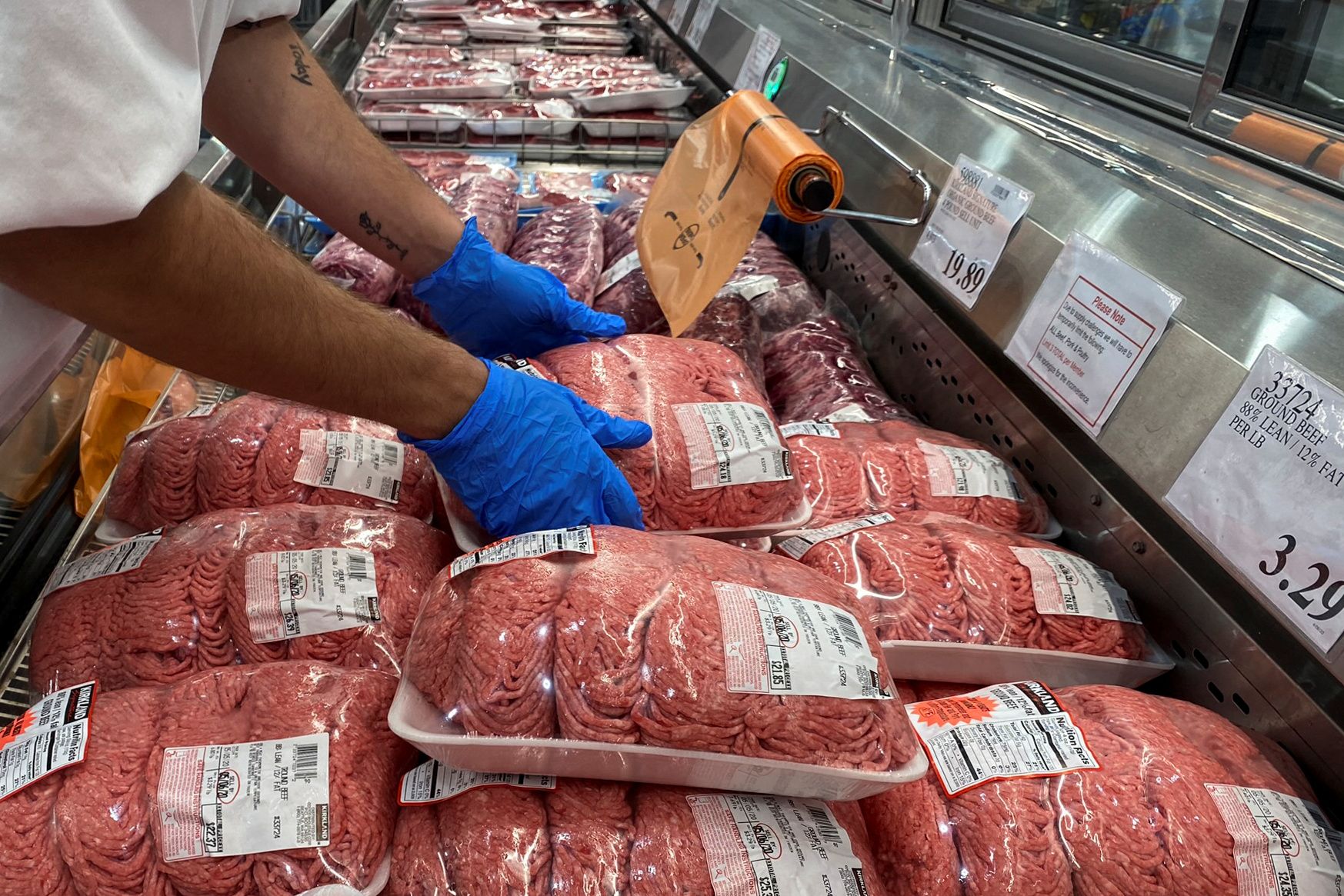
Payne also said he spoke to the secretaries about federal grazing at length, and the challenges created by staff members unduly influenced by NGOs. The plan prioritizes accessing the availability of vacant allotments and reopening them with a commitment to no net loss of Animal Unit Months (AUMs). The misuse of monuments designations was explored, as well as resource management planning that poo-poos stakeholders and has the potential of decimating rural communities.
The bottom line is importing beef isn’t the solution to the beef market woes. As much as the packers would like that, it’s improbable prices for consumers would drop and consumers don’t set the prices at the grocery store. Supplies of live cattle are so short right now, the prices are unlikely to nosedive for long. Reducing regulatory barriers, stopping the whiplash of species listing and delisting, and the strain of undue outside pressures — like wolves, bowing to the constant cycle of activist lawsuits, and nefarious government nonsense — will level out the wild swings cattle producers attempt to ride. Rollins is correct in saying the government is not working for cattle producers, but against them. It’s time for them to get out of the way and let producers play on a level field.
Rachel Gabel writes about agriculture and rural issues. She is assistant editor of The Fence Post Magazine, the region’s preeminent agriculture publication.








